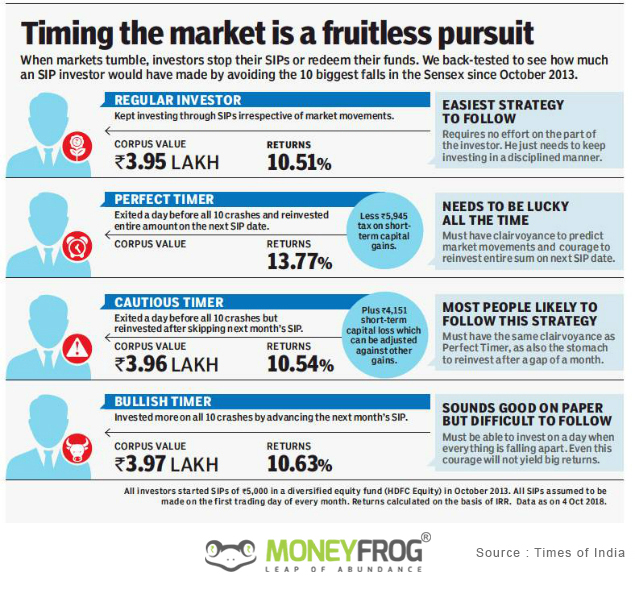Are You Ready For Mid-Life Surprises?

As young adults most of us aim to earn more and more money while we can so that we can fulfill our dream of lounging in our vacation home (or any other dream that you may harbor) when we are older without any worries of the world. But things rarely go as planned. Life has a knack of showing us things we never expected. Let us look at some of the surprises that life might throw at us in our mid-life which might impact your financial plans, so that you are ready to face them head on.
(more…)








